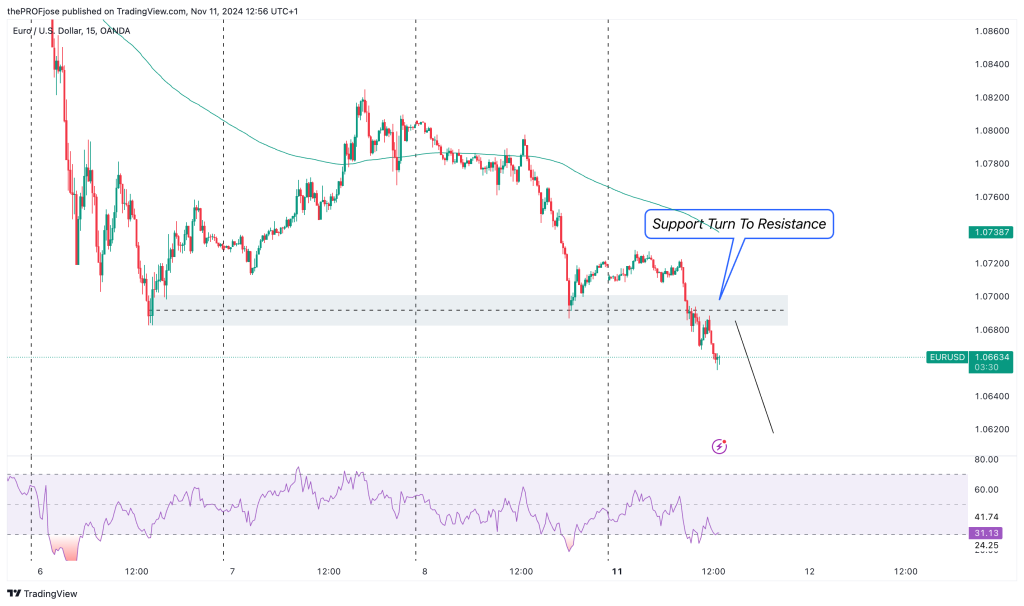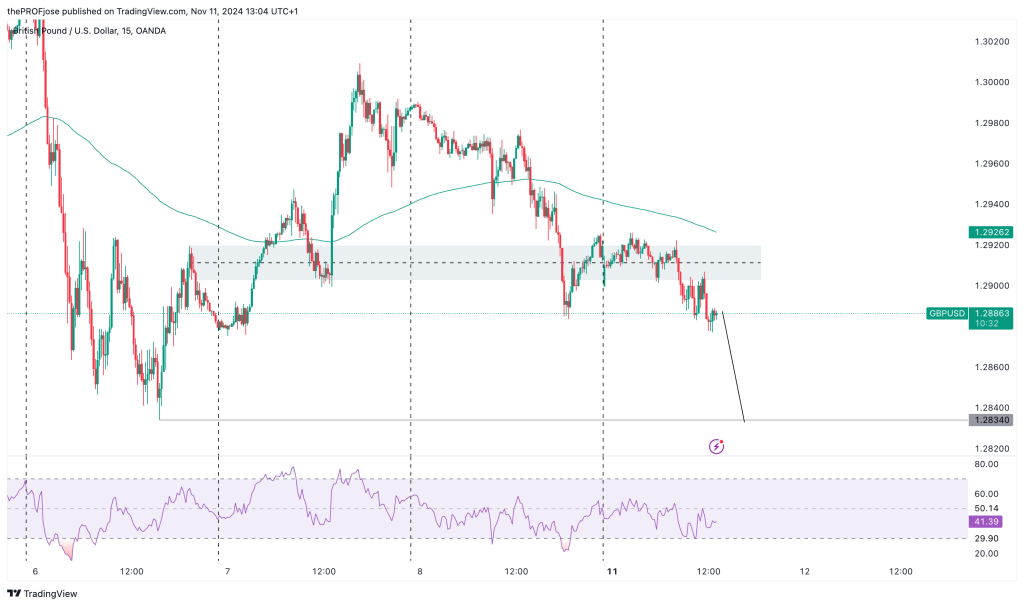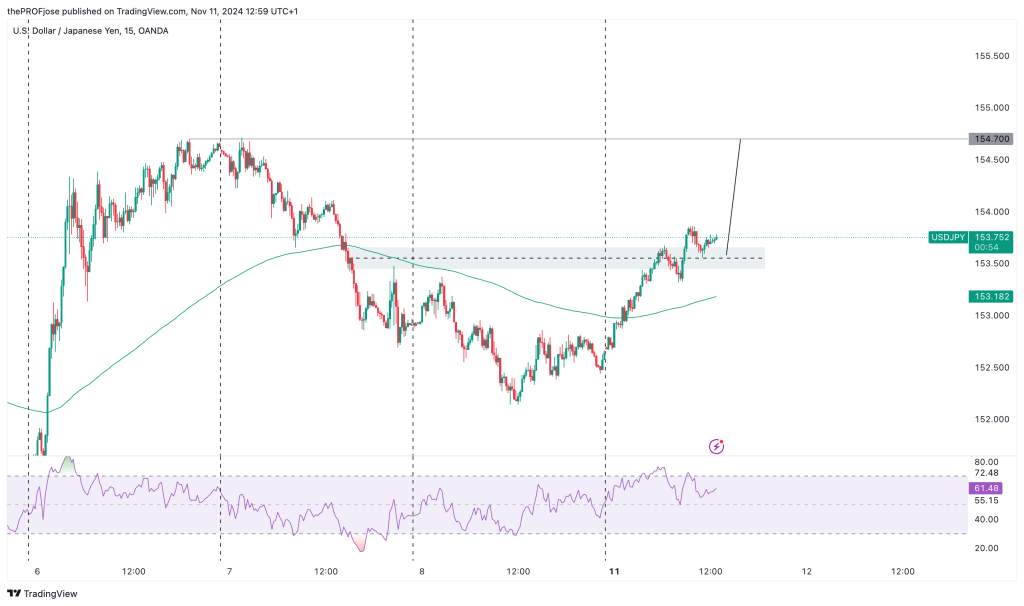
The U.S. dollar is strengthening due to anticipated economic reforms under the new administration, creating volatility across major forex pairs.
Key Points
- EUR/USD weakens on U.S. tariff concerns and German political instability.
- GBP/USD faces volatility due to cautious BoE stance on rate cuts.
- USD/JPY sensitive to U.S. policy and Japanese political risks, with possible intervention.
Strong U.S. Dollar Amid Political and Economic Transition
The U.S. dollar has strengthened considerably, driven by expectations of robust economic policy changes under the new U.S. administration, alongside resilient U.S. economic data.
In Europe, political concerns—especially in Germany—coupled with the potential for U.S. tariffs have weakened the euro. Simultaneously, the British pound has faced volatility due to the Bank of England’s cautious stance amid inflationary pressures and evolving fiscal policies. Japan’s yen continues to be sensitive to potential government intervention, as Japan grapples with economic and political uncertainty.
The interplay of these factors is shaping the EUR/USD, GBP/USD, and USD/JPY pairs, where a stronger dollar, cautious European outlook, and mixed sentiment in Japan set the stage for ongoing volatility.
Read More: What Trump’s Win Means For The Markets
EUR/USD Analysis
The EUR/USD pair has dropped to a 4.5-month low, reflecting investor concerns over potential U.S. tariffs that could adversely affect the Eurozone economy. Market sensitivity to trade policy remains high, with recent reports of President-elect Trump’s consideration of trade hawks for policy positions only intensifying fears.
The possibility of U.S. tariffs on European goods is a prominent driver of the euro’s depreciation, as it poses a threat to the Eurozone’s export-driven economy. Investors are wary of potential escalations in trade tensions, which could erode confidence in the euro further.
The potential for snap elections in Germany, as indicated by Chancellor Olaf Scholz’s comments, adds another layer of uncertainty to the euro. Political instability in one of Europe’s largest economies could lead to shifts in fiscal policy, pressuring the euro downward.
Despite these headwinds, the EUR/USD has continued to trade within a well-defined range. Traders remain cautious about placing large bets on significant moves, given the euro’s prolonged stability in recent years. The pair has oscillated within the 1.0601-1.1214 range, showing resistance to breaking out in either direction.
EUR/USD Outlook
Short-term, the EUR/USD is likely to remain sensitive to U.S. trade policy developments and political headlines from Germany.

Looking at the chart, price has retested a support-turn-resistance key level, and is expected to further continue to go down in the short-term.
GBP/USD Analysis
The British pound faces a complex environment, as the Bank of England adopts a cautious approach toward monetary easing due to potential inflationary impacts from recent fiscal measures. The GBP/USD market has adjusted its expectations for rate cuts, with the December probability of a BoE cut now significantly reduced.
The BoE’s November decision indicated caution, reducing the likelihood of near-term rate cuts. With inflation projected to undershoot the 2% target in the long term, however, there’s potential for accelerated easing in 2025 if inflationary pressures subside.
Recent fiscal policies have stirred inflationary expectations, affecting BoE’s rate-cut outlook. While the BoE is expected to maintain a careful stance, markets may adjust towards 75-100 basis points of cuts in 2025, depending on economic data.
Current terminal rate pricing is around 4%, which is slightly above the BoE’s consensus. This gap suggests that there may be room for more dovish repricing, which would exert downward pressure on GBP.
GBP/USD Outlook
Given the BoE’s cautious approach, the GBP/USD may experience subdued volatility until clearer signals on fiscal impacts emerge. Traders will likely focus on upcoming economic data to gauge the likelihood of accelerated rate cuts in 2025.

Short-term trend predicts that price may continue its bearish movement for the rest of the day, particularly because price is trending below the 200 EMA and has reacted to a key resistance level earlier in the session.
USD/JPY Analysis
The USD/JPY remains highly responsive to economic and political dynamics. The U.S. dollar has regained strength against the yen, with the pair hovering near highs seen after the U.S. election, fueled by expectations of robust U.S. policies and cautious sentiment around Japanese monetary policy.
The Bank of Japan’s recent meeting minutes revealed hesitation among policymakers regarding future rate hikes. Uncertainty surrounding Prime Minister Shigeru Ishiba’s leadership—especially given his coalition’s recent parliamentary losses—adds a layer of volatility to the yen.
The USD/JPY has edged near intervention levels as Japan remains wary of excessive yen depreciation. Recent political developments have increased the likelihood of intervention to support the yen if the USD/JPY continues its upward trend.
The upcoming U.S. Consumer Price Index (CPI) report is critical for the Fed’s policy outlook. A reading above the expected 0.3% could dissuade the Fed from easing rates, supporting dollar strength against the yen.
USD/JPY Outlook
In the near term, USD/JPY is likely to stay elevated, particularly if U.S. inflation data beats expectations. However, political developments in Japan and the potential for intervention create downside risks. Investors will closely monitor both U.S. inflation data and Japan’s political landscape for directional cues.

The price action suggests that price may continue to rise as the pair is currently trending above the 200 EMA. Also, price has recently tested a key support level, so, we may see price continue to break market structure to the upside throughout today’s session.
Risk Disclosure: The information provided in this article is not intended to give financial advice, recommend investments, guarantee profits, or shield you from losses. Our content is only for informational purposes and to help you understand the risks and complexity of these markets by providing objective analysis. Before trading, carefully consider your experience, financial goals, and risk tolerance. Trading involves significant potential for financial loss and isn't suitable for everyone.





